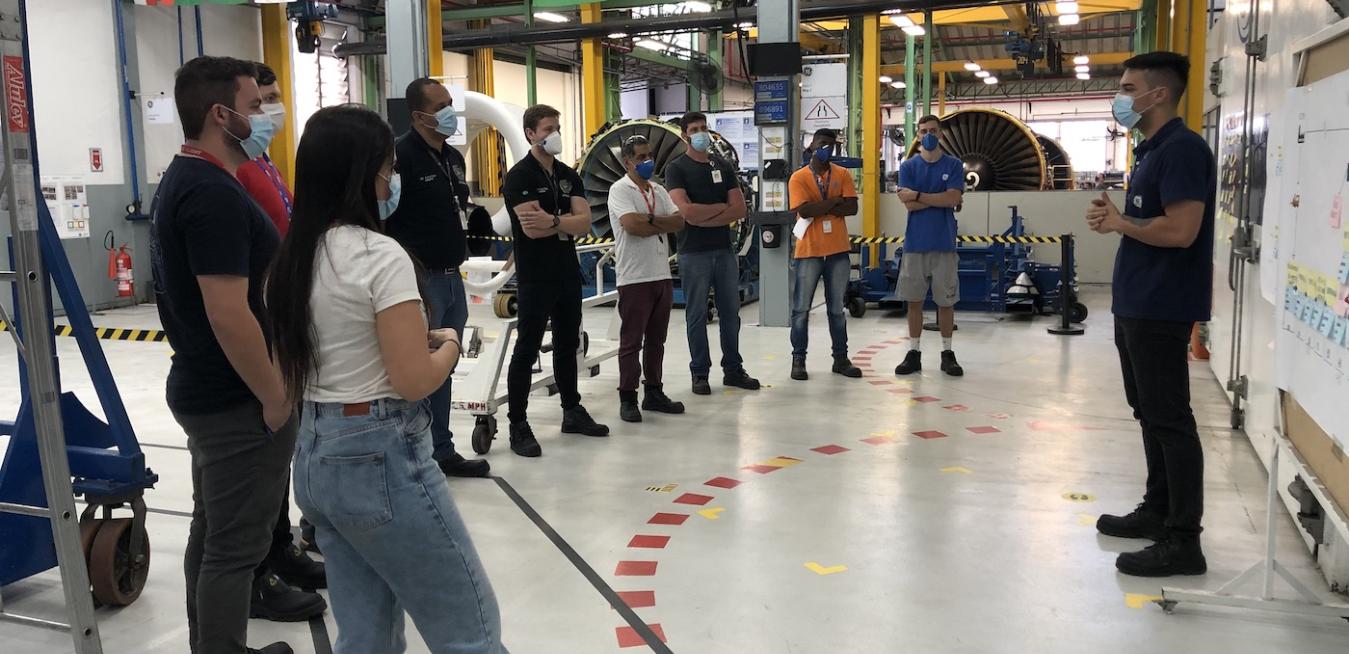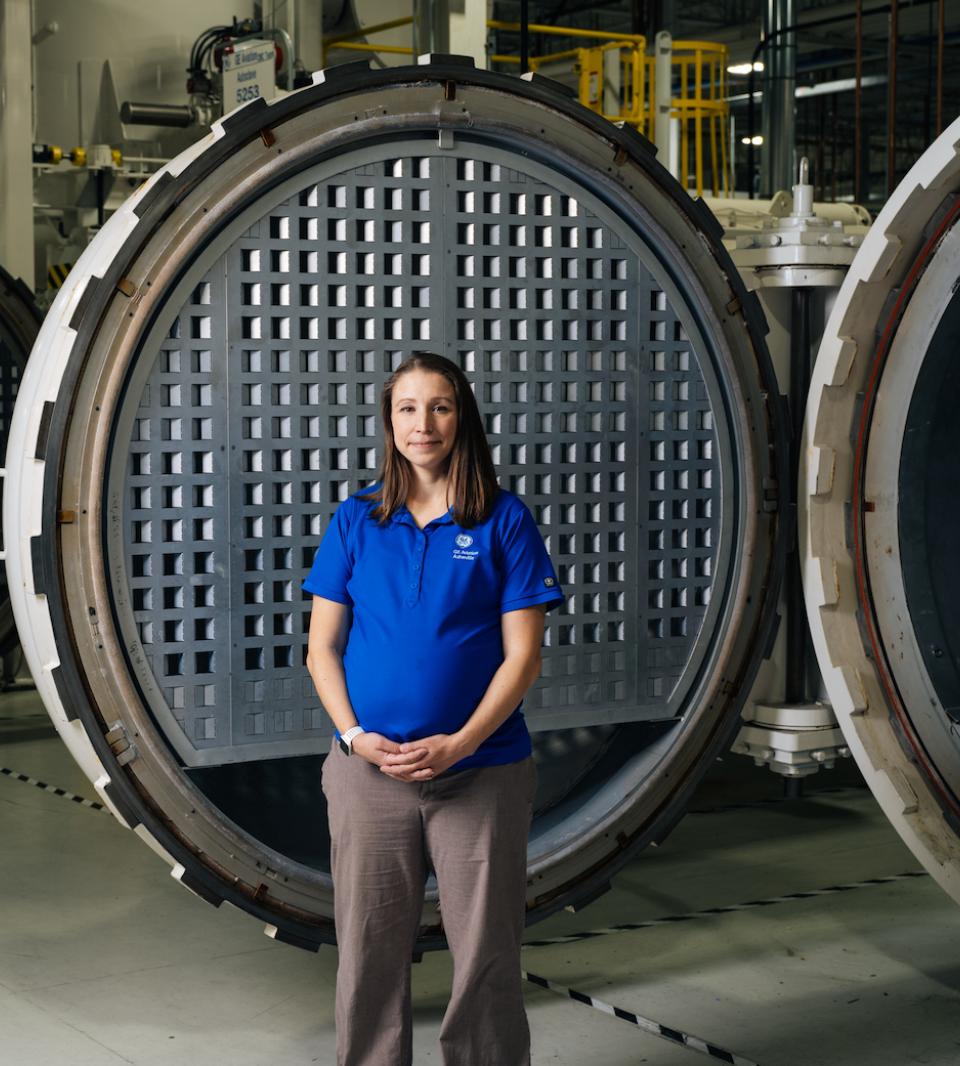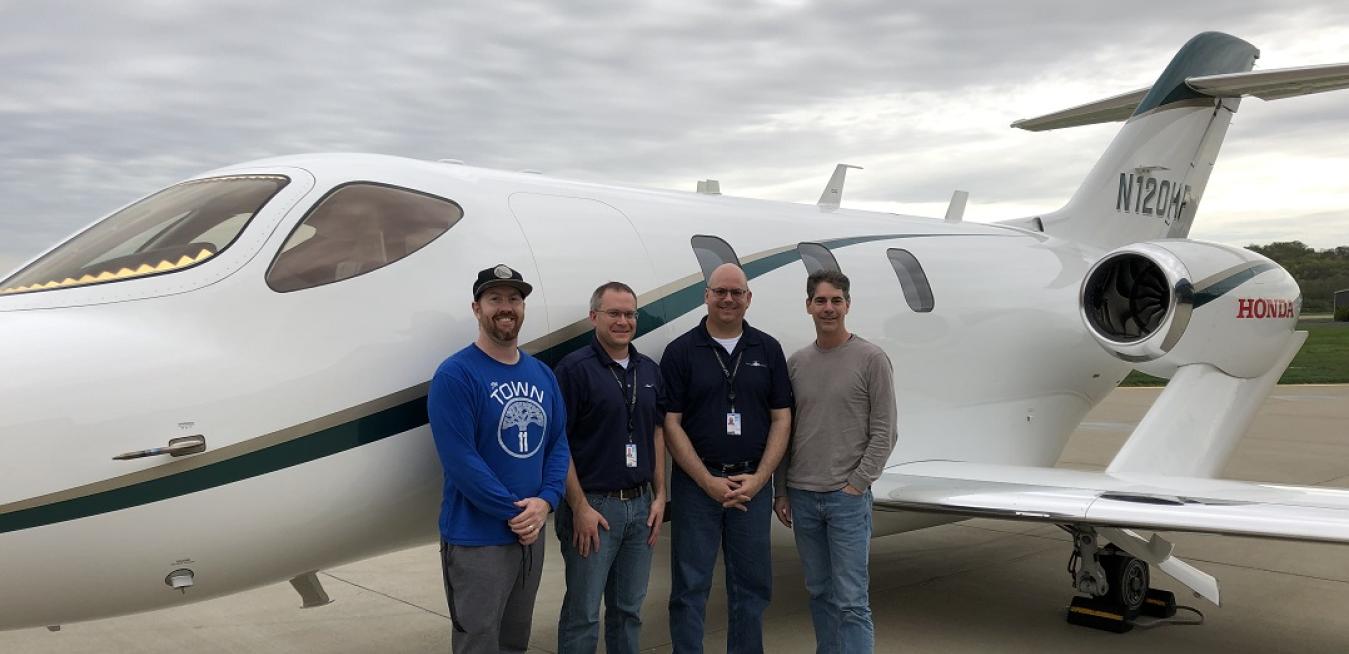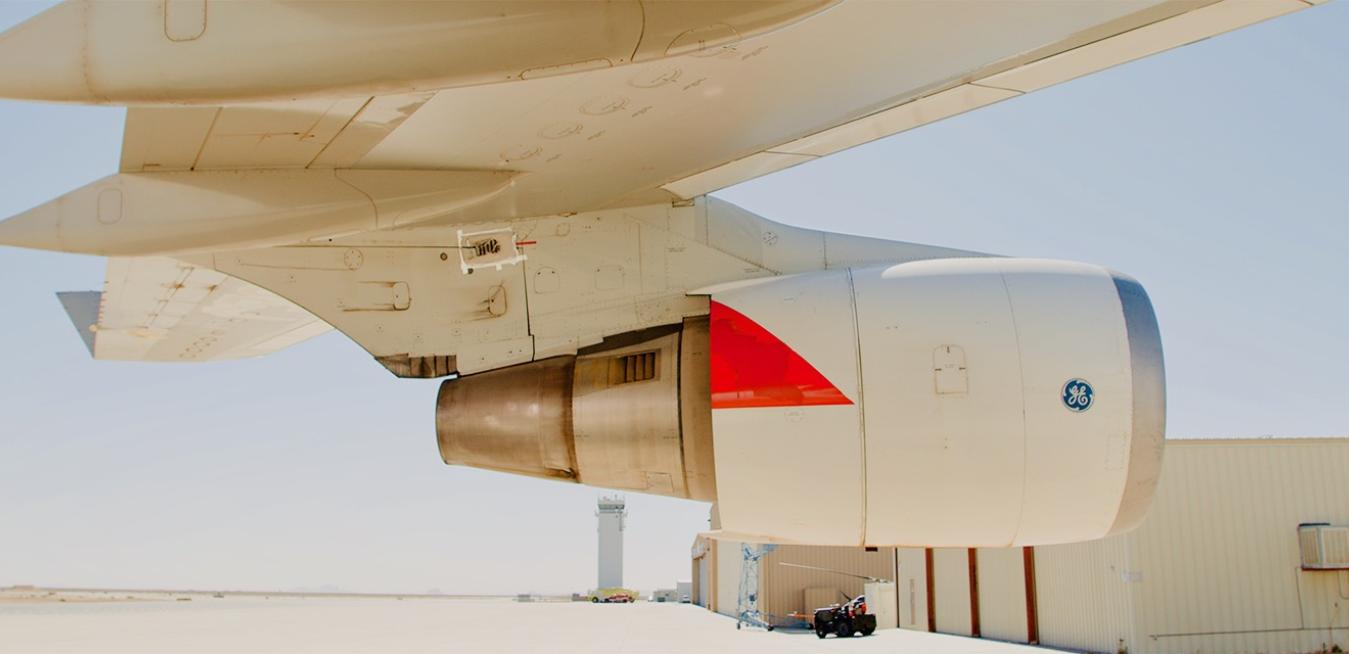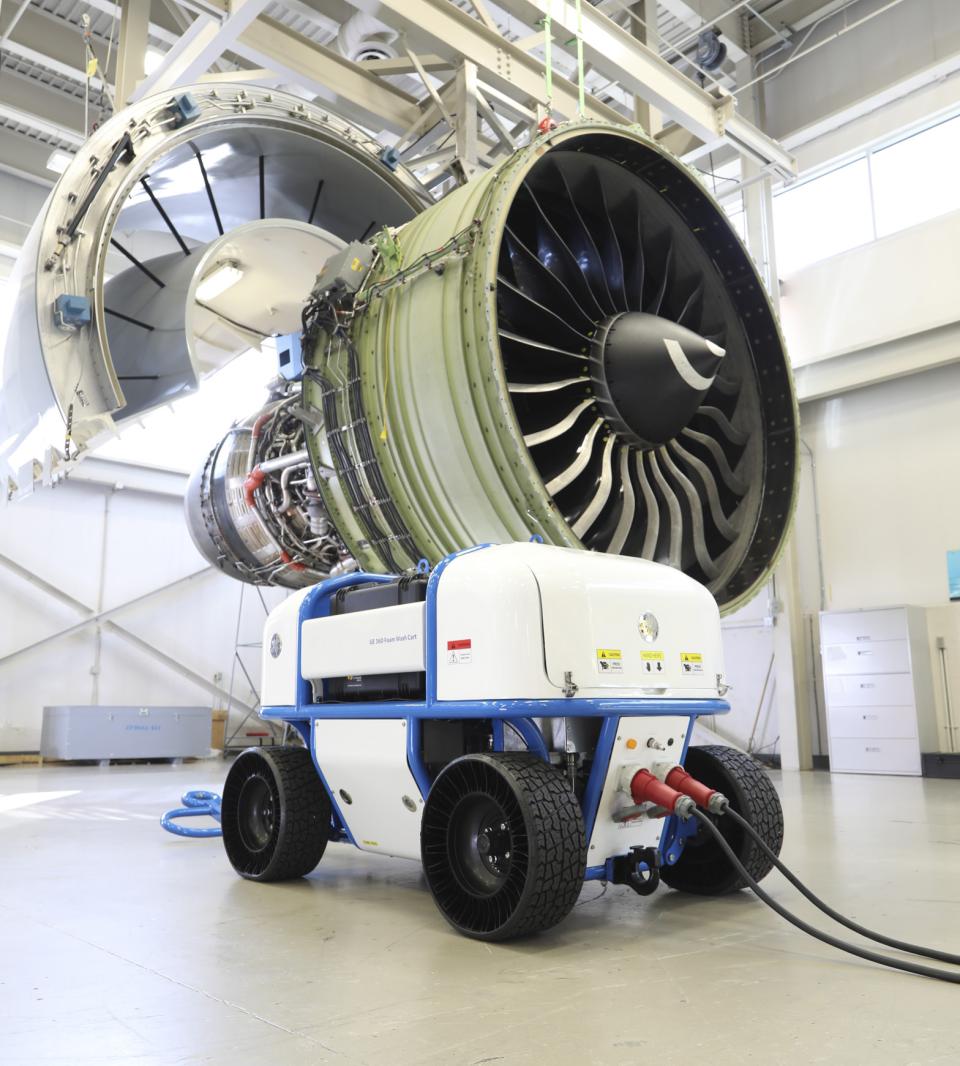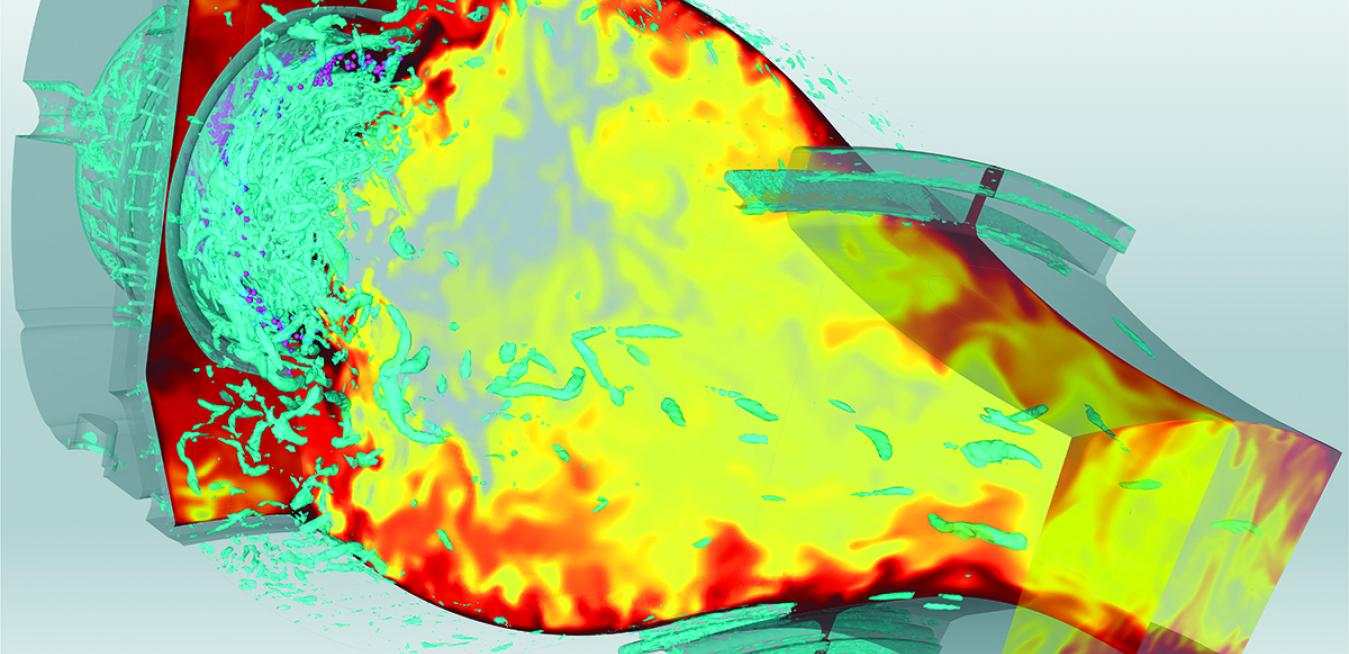Soon after the pandemic hit in 2020, a team of logistics employees at a GE Aerospace plant in Brazil that services jet engines detected something odd, and worrisome: The number of available spare parts, used to repair engines, had dropped dramatically because of a cut in air freight deliveries. And those that did arrive often came in patchwork fashion and wound up stuck on the ground at Rio de Janeiro’s Galeão International Airport, stalled by lengthy import-paperwork delays. The consequences were potentially serious.
It’s hard to get bored when your day job involves climbing into a seat on the upper deck of a Boeing 747 and cruising over the Sierra Nevada mountain range on a regular basis. For Nate Kamps, principal engineer and test director for GE Aerospace’s Flight Test Operations team in Victorville, California, the work — and the view — never gets old.
Airlines are motivated to keep engines on wing for as long as possible. But inevitably there comes a time when a commercial jet engine must go in for a shop visit to be overhauled.
GE and its joint ventures’ combined installed base of 39,000 commercial engines keeps maintenance, repair, and overhaul (MRO) shops around the globe quite busy. Which is why Nicole Tibbetts, the chief manufacturing engineer for MRO at GE Aerospace, calls the company’s MRO network “the greatest leading indicator program in the world” for gauging engine performance.
Loren Finnerty manages more than 300 shop floor workers and engineers at GE Aerospace’s giant Asheville plant in North Carolina, where thousands of advanced composite components are produced every year for GE jet engines, such as the GE9X, as well as the
My father, James Norton Krebs, began working as a test engineer at General Electric in 1946. It was just four years after America’s first jet flight.
After the original Hollywood blockbuster about Navy fighter pilots conquered the box office in 1986, the movie received four Academy Award nominations. All but one hailed the film’s auditory experience: best sound, best sound effects, and best original song.
Sound engineering punched up the movie’s most memorable scenes: the first four minutes, filled with takeoffs and landings, pulsating atop of a major hit song to the roar of a fighter jet buzzing the tower, as well as the acute drone of the stall warning that preceded the failed ejection of the main hero’s best friend.
Last October, GE Aviation closed the door on an era as employees sent the most powerful version of GE’s storied CF6 engine to China Airlines. The delivery was an emotional one, for good reason: It was the last CF6-80E1 engine the company produced.
The CF6 is no ordinary jet engine. GE produced more than 8,500 of them for 250 airlines in 87 countries, going back to its launch in 1971. Among the many passenger and cargo planes it powers is the U.S. president’s Air Force One Boeing 747.
If there’s one thing airlines chase more than anything else when it comes to engines, it’s “time on wing.” The longer you can keep a jet engine in good working order without having to remove it for maintenance, the more flights you can complete and customers you can serve.
The Plot
